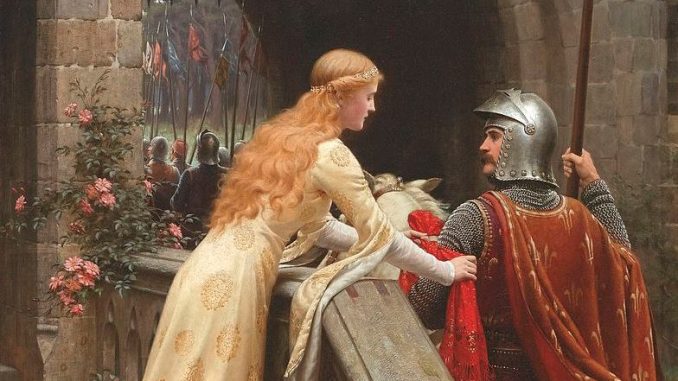
In my adolescence, my friends, my brother, and I often pretended to be knights. Our shields were metal trashcan lids, and our swords were sticks or scrap lumber with hand guards held in place by screws. Around the woods and fields we’d charge, pretending to fight the bad guys, rescue damsels in distress, and win our share of glory. Sometimes I’d saddle up the pony we owned, Fritz, and gallop around the yard slashing at the air with the sword my grandfather had made for me, while yelling insults at my imaginary enemies.
We read the stories of King Arthur and his Knights of the Round Table, watched the movies “Ivanhoe” and “Robin Hood,” and looked at picture books featuring men in armor from long ago. One favorite book of my late elementary school years was Howard Pyle’s 1891 novel, “Men of Iron,” which told the story of Myles Falworth, first as a squire and then a knight, and his struggles to redeem his father’s name.
Perhaps inspired unconsciously by this affection for knights and chivalry, I later spent two years in graduate school earning a master’s degree and undertaking a year of doctoral work studying the Middle Ages. In my master’s thesis, I wrote of the minority of King Henry III, successor to King John of “Robin Hood” fame, and enjoyed learning about one of the boy-king’s mentors, William Marshal, a famous knight of the day.
The changing tactics of war and the introduction of gunpowder to the battlefield eventually put an end to these mounted warriors. They disappeared long ago and now appear only in movies and books.
But chivalry had a much longer shelf life.
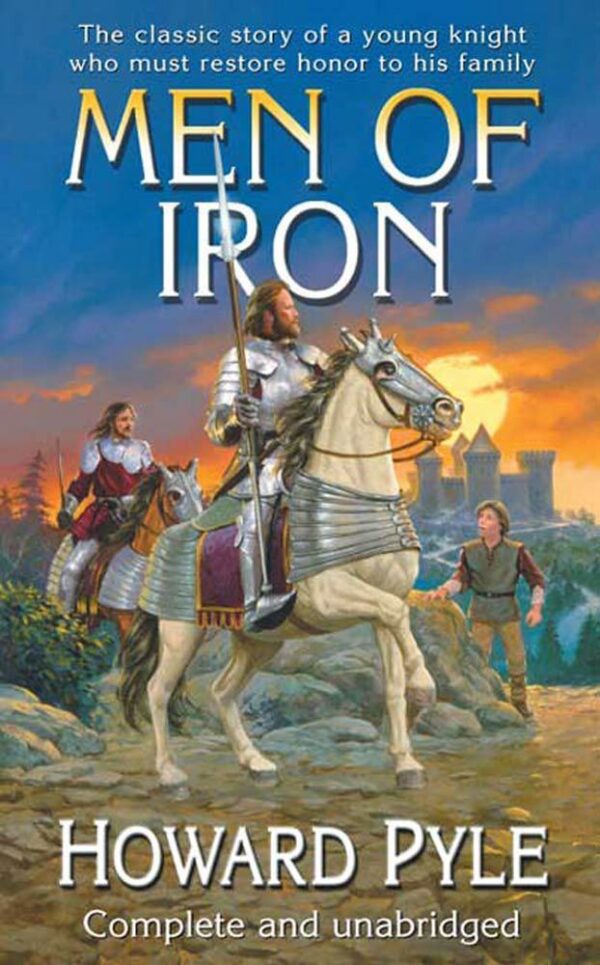
Hard Men
In “Knight: The Warrior and World of Chivalry,” military historian and expert in medieval warfare Robert Jones devotes a chapter to chivalry as developed and practiced 1,000 years ago. Here he examines the growth of certain rules of warfare, the gradual exclusivity of a knightly class, the creation of various orders of knighthood, the development of heraldry and badges, the founding of military orders like the Templars and the Order of St. John, and the attempts by the Church to end some of the violence and viciousness of battle and conquest.
Like some of today’s celebrities, these medieval warriors were acutely aware of their image. They longed to be seen both on the battlefield and in tournaments as brave men skilled in the use of sword and lance, and able to vanquish any and all enemies. This desire for recognition of their prowess, strength, and courage drove them to attempt great deeds both in combat and in tournaments.
These knights were not without their critics. The Church in particular tried to restrain their violence and depredations in warfare. In “Knight,” Jones includes the example of Bernard of Clairvaux, a 12th-century French abbot, who denounced these mounted warriors in this way:
“What … is this monstrous error and what the unbearable urge which bids you fight with such pomp and labor. … You cover your horses with silk, and plume your armor with I know not what sort of rags; you paint your shields and saddles; you adorn your bits and spurs with gold and silver and precious stones, and then in all this glory you rush to your ruin with fearful wrath and fearless folly.”
As Jones reminds us, the knights of the Middle Ages only faintly resembled our modern romanticized impression of them. He writes: “Chivalry and the pleadings of the Church and legalists might help to prevent the worst excesses of raiding against the civilian population, but at his heart the knight was a practical warrior, willing to lay aside the principles of his caste if that was what the situation called for.”
As time passed, however, others beside the Church sought to gentle and refine the ferocity of these men.
Love and Honor
Over several hundred years, literature, song, and women of the upper class helped elevate the standards of the code of chivalry.
In the late Middle Ages, courtly love—the chaste affection of a knight for his queen or for another lady of the court, and his performance of heroic deeds in her honor—became fashionable. The extent to which knights actually practiced courtly love remains debatable, but certainly it became the subject of the troubadours’ chansons and the tales told by poets in the great halls.
The written literature of the late Middle Ages also looks frequently at knighthood. The 14th-century poem “Sir Gawain and the Green Knight” takes us first to Arthur’s court at Christmastide, where we witness the courtly behavior of knights and ladies, and then on a quest with Sir Gawain, the most saintly of the Knights of the Round Table. In “The Canterbury Tales,” Geoffrey Chaucer gives us a marvelous description of a knight: a meek and humble man plainly dressed, who has fought in many wars, and is “a verray, parfit, gentil knyght.”
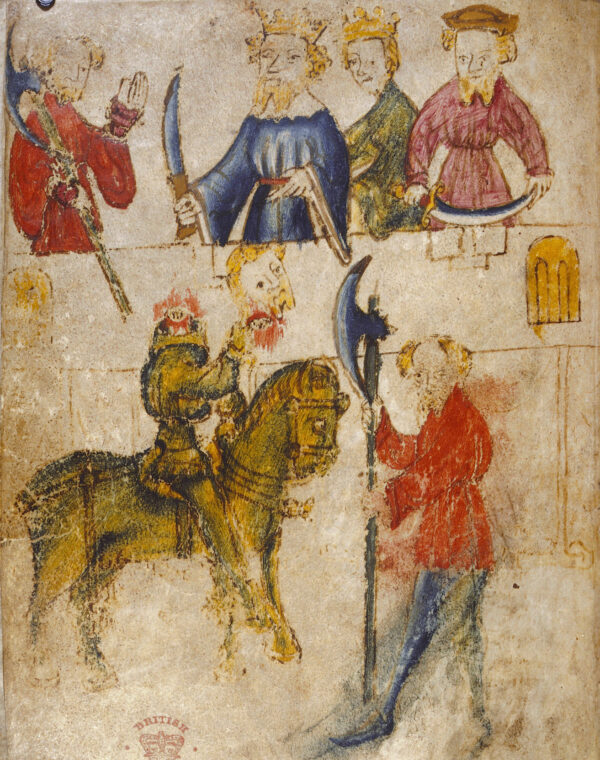
Published in 1485, Thomas Malory’s “Le Morte d’Arthur” idealized knighthood and became the source for so many of our own books and movies about King Arthur’s court. Malory wrote this book at a time when men encased in armor and riding warhorses would soon disappear from the battlefield, but he encapsulates in his story and characters the virtues that we today associate with knighthood.
Here are some of the chivalric virtues found in Malory’s romantic tales:
Like his earlier counterparts, a knight must display prowess and bravery on the field of battle.
He practiced largesse, sharing with his companions and often with the poor whatever wealth he possessed.
He was faithful in his religious practices.
He committed himself to protecting women, the downtrodden, and the oppressed.
He was loyal to his king and his lord.
He was merciful and just.
He stoically endured hardship.
Chivalry: A Renaissance
Though knights and castles became passé, this code of chivalry remained and morphed into the code of gentlemen. Our Founding Fathers, for example, may have rebelled against their king, but they would have accepted the other virtues as touted by Malory as a given.
Later, when Victorian England became enamored of the Middle Ages, these ideals of chivalry became a part of the literature and art. Sir Walter Scott’s 1819 “Ivanhoe” helped fire up this interest in medieval England. The novel was enormously popular, both in Britain and the United States, and is now regarded as one of the landmark books of the 19th century. Scott’s depictions of King Richard, Robin Hood, and fictional knights and ladies helped revive the values of knighthood and chivalry.
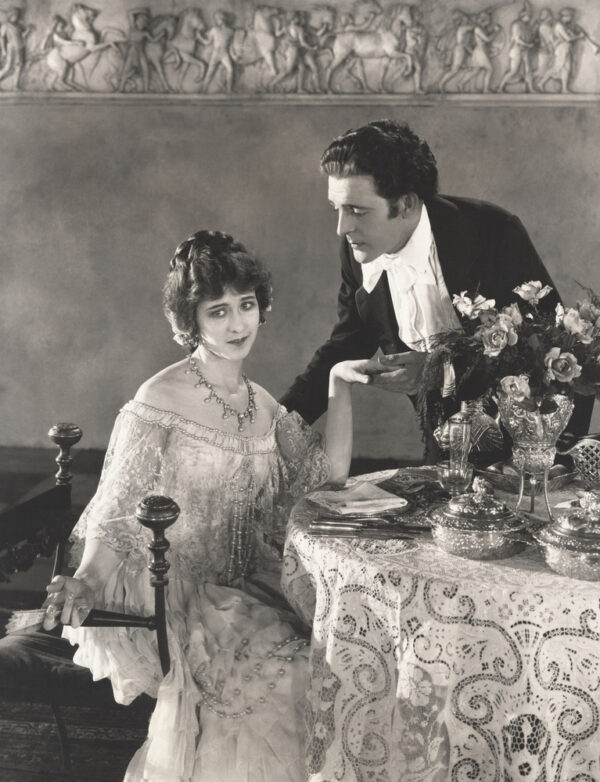
Victorian poetry also reflected chivalric virtues. Read Rudyard Kipling’s “If,” and we find in it advice about stoicism and honor that might have appealed to a William Marshal. Visit Sir Henry Newbolt’s “Play Up! Play Up! And Play the Game! ” and the values of the 14th century mesh with those of the Victorian who composed this poem. Here a schoolboy, like the squires of old, learns lessons on the playing fields that he will later carry into battle. In “Idylls of the King,” Alfred Lord Tennyson retells the story of Arthur, his love for Guinevere, and the downfall of his kingdom.
The pre-Raphaelite painters also paid homage to the knights and ladies of old. Artists like Millais, Rossetti, Hunt, and others gave the world numerous works depicting chivalrous knights, with one of the most popular themes being the rescue of a maiden from some sort of danger. In the exhibition “Pre-Raphaelite Knights: Reinventing the Medieval World,” Northern England’s Bowes Museum features an excellent video tour of some of these paintings.
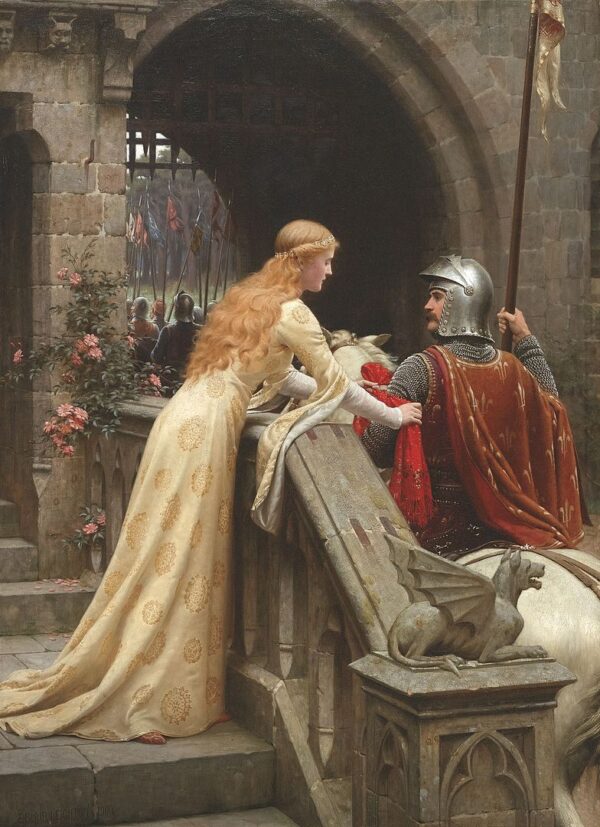
Is Chivalry Dead?
Many people, especially women, complain that chivalry is dead, that men no longer act like gentlemen, that they lack manners and polish. There may be some truth to this idea. After all, we have largely banished the words “ladies and gentlemen” from public speech, and when words disappear, so do the concepts they represent.
But chivalry was always more than just courtesy and good manners. Included under that umbrella of a word are values like honor, loyalty, courage, generosity of time and money, a willingness to defend the weak, and as old-fashioned as it may sound, to treat women as ladies. Some would argue that even these virtues have gone missing in many men. Certainly our news media often reports stories about men who have failed to step to the defense of a woman being assaulted, leaders who seem to lack any sense of honor, and others who fail when circumstance tests their courage.
If chivalry is disappearing, then the subsequent cost to our culture will be enormous. To develop these virtues required centuries of work and refinement, and the chivalric virtues are some of the basic underpinnings of our society.

On the other hand, when I turn from the news headlines and look at my family, friends, and neighbors around me, I see plenty of men who still practice the old ways of chivalry, who treat women with respect, who help out others whenever they can, and who live honorable lives. They’re not riding white horses and waving bright swords, but in my eyes they are knights—good strong men worthy of respect and commendation.
Jeff Minick has four children and a growing platoon of grandchildren. For 20 years, he taught history, literature, and Latin to seminars of homeschooling students in Asheville, N.C. He is the author of two novels, “Amanda Bell” and “Dust On Their Wings,” and two works of non-fiction, “Learning As I Go” and “Movies Make The Man.” Today, he lives and writes in Front Royal, Va. See JeffMinick.com to follow his blog.





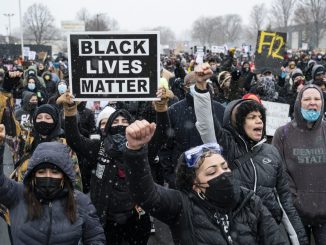
Be the first to comment